Wild Garlic Salt - It's Punchy, Rustic, Green and Tastes Fabulous!

This easy wild garlic salt recipe uses just two ingredients and takes minutes to make, so it’s a great way to preserve this delicious spring herb quickly.
Wild garlic salt is perfect for seasoning meats, roasted vegetables and cheese dishes. It also makes the perfect hostess gift to take to a barbecue or party.
What is wild garlic?
Wild garlic (Allium ursinum) is a delicious wild edible that has a super short season like many of our spring perennials. Native to Britain, Wild garlic is also commonly known as Bear leek, Bear’s garlic, Broad-leaved garlic, Ramsons and Wood garlic.
Closely related to domestic onions and garlic, all parts of this bulbous plant are edible and delicious. If you are a fan of its garlicky flavour, you’ll be pleased to know there are easy ways to preserve wild garlic for use throughout the rest of the year.
Note: Allium tricoccum, more commonly known as ramp, ramps, ramson, wild leek, wood leek, or wild garlic, is a North American species of wild onion widespread across eastern Canada and the eastern United States. It is similar in looks and taste to our native Allium ursinum and can be used and preserved the same way.
Using Wild garlic to flavour salt is one of the easiest ways to preserve this delicious herb.
A note on foraging.
- Only collect and eat wild foods that you are 100% sure you have identified correctly.
- Common sense says that if you entirely strip an area of wild food, you will damage that habitat, so only collect where food is bountiful and take reasonable amounts.
- Be aware of what happens in the area you are harvesting in. Plants near busy roads may be absorbing emissions from vehicles. If nearby fields are sprayed with pesticides, chances are some will also make their way onto wild plants. And if watercourses are polluted, your native plants will drink that water.
Ingredients:
- 100 grams Wild garlic leaves
- 700 grams Sea salt
How to make wild garlic salt.
Wash the wild garlic leaves, pat dry and roughly chop.
Blitz the leaves with 100 grams of sea salt in a blender into a paste.
Note: I like to leave the stems on the wild garlic leaves and blitz until I have a rough paste rather than a smooth one. This results in a more rustic paste with small pieces of leaf and stems visible. If you would like a more uniform salt (with fewer ‘bits’), remove the stems before chopping the leaves and blend for a little longer.
Spoon the wild garlic paste into a bowl and add the rest of the salt. Use a fork to mix thoroughly.
Note: I like my wild garlic salt to have a real punch of flavour, so I use less salt in my recipe compared to others online. If you would like a milder tasting salt, you can use up to 1kg of salt per 100 grams of wild garlic leaves.
Pour the damp wild garlic salt into a shallow dish and set it in a warm place to dry overnight. Once completely dry, use a fork to break up any clumps of salt.
Note: you can use a cool oven to dry the salt, but you may find that its colour fades. You can also dry wild garlic salt out in a dehydrator.
Once dry, spoon into jars.
Store in a cool dark place to preserve its colour.
The salt will last indefinitely, but its colour and flavour will fade, so it is best used within six months.
Wild garlic salt is fabulous for seasoning meat and vegetables and is particularly good on roast potatoes and fries. My guilty pleasure is sprinkling it on peanut butter on toast! Use to season anything and everything.
More wild garlic recipes
- Wild garlic butter (with a secret ingredient)
- Hoisin style sweet, spicy and crunchy wild garlic crisps
Wild Garlic Salt - It's Punchy, Rustic, Green and Tastes Fabulous!
Recipe details
Ingredients
Ingredients needed to make Wild Garlic Salt
- 100 grams Wild garlic leaves
- 700 grams Sea salt
Instructions
How to make Wild Garlic Salt
- Wash the wild garlic leaves, pat dry and roughly chop.
- Blitz the leaves with 100 grams of sea salt in a blender into a paste.
- Spoon the wild garlic paste into a bowl and add the rest of the salt.
- Use a fork to mix thoroughly.
- Pour the damp wild garlic salt into a shallow dish and set it in a warm place to dry overnight.
- Once completely dry, use a fork to break up any clumps of salt.
- Store in a cool dark place to preserve its colour.
- The salt will last indefinitely, but its colour and flavour will fade, so it is best used within six months.
Tips
- I like my wild garlic salt to have a real punch of flavour, so I use less salt in my recipe compared to others online.
- If you would like a milder tasting salt, you can use up to 1kg of salt per 100 grams of wild garlic leaves.
- I like to leave the stems on the wild garlic leaves and blitz until I have a rough paste rather than a smooth one. This results in a more rustic paste with some small visible leaf and stem pieces. If you would like a more uniform salt (with fewer 'bits'), you can remove them and blend for a little longer.
- I use a blender to make my salt, but you can also use a pestle and mortar and a little more effort.
- You can use a cool oven to dry the salt, but you may find that its colour fades a little.
- You can also dry wild garlic salt out in a dehydrator.





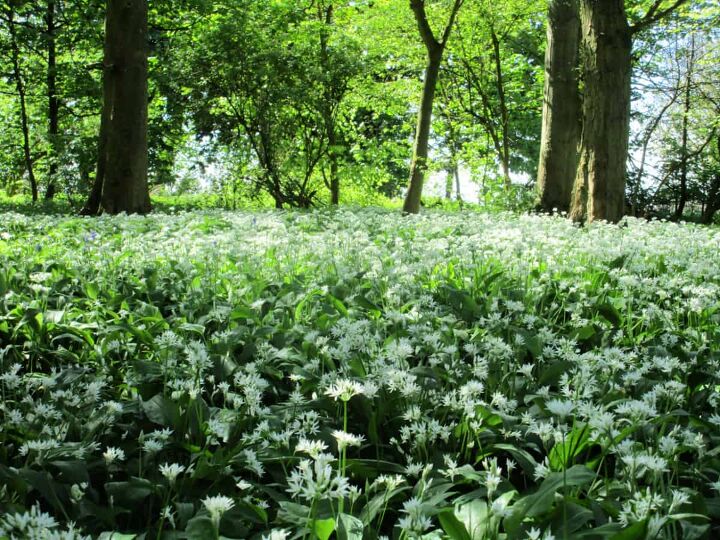






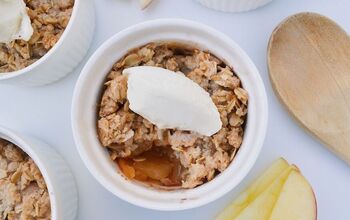

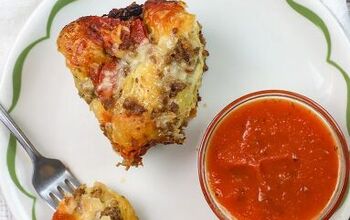

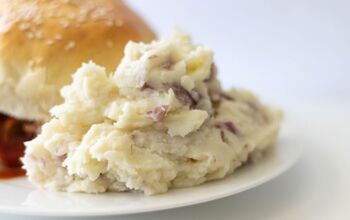
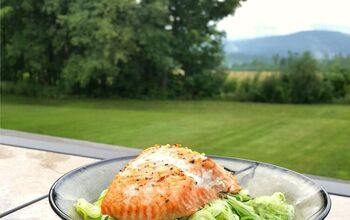

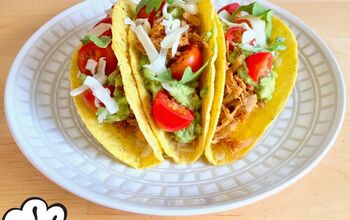


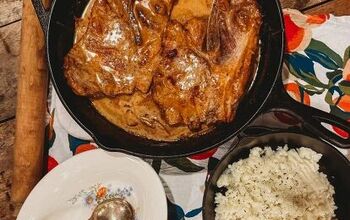

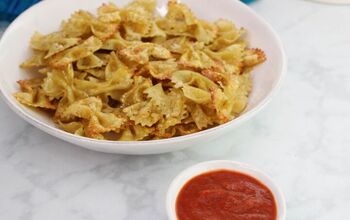
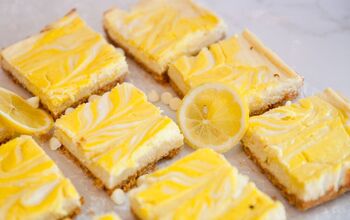
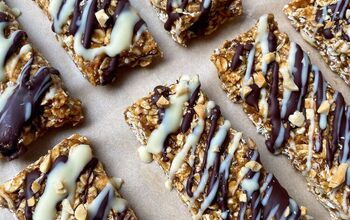
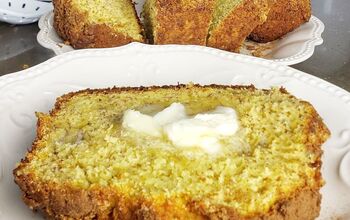
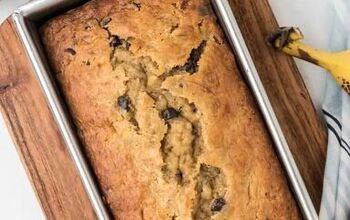


Comments
Share your thoughts, or ask a question!